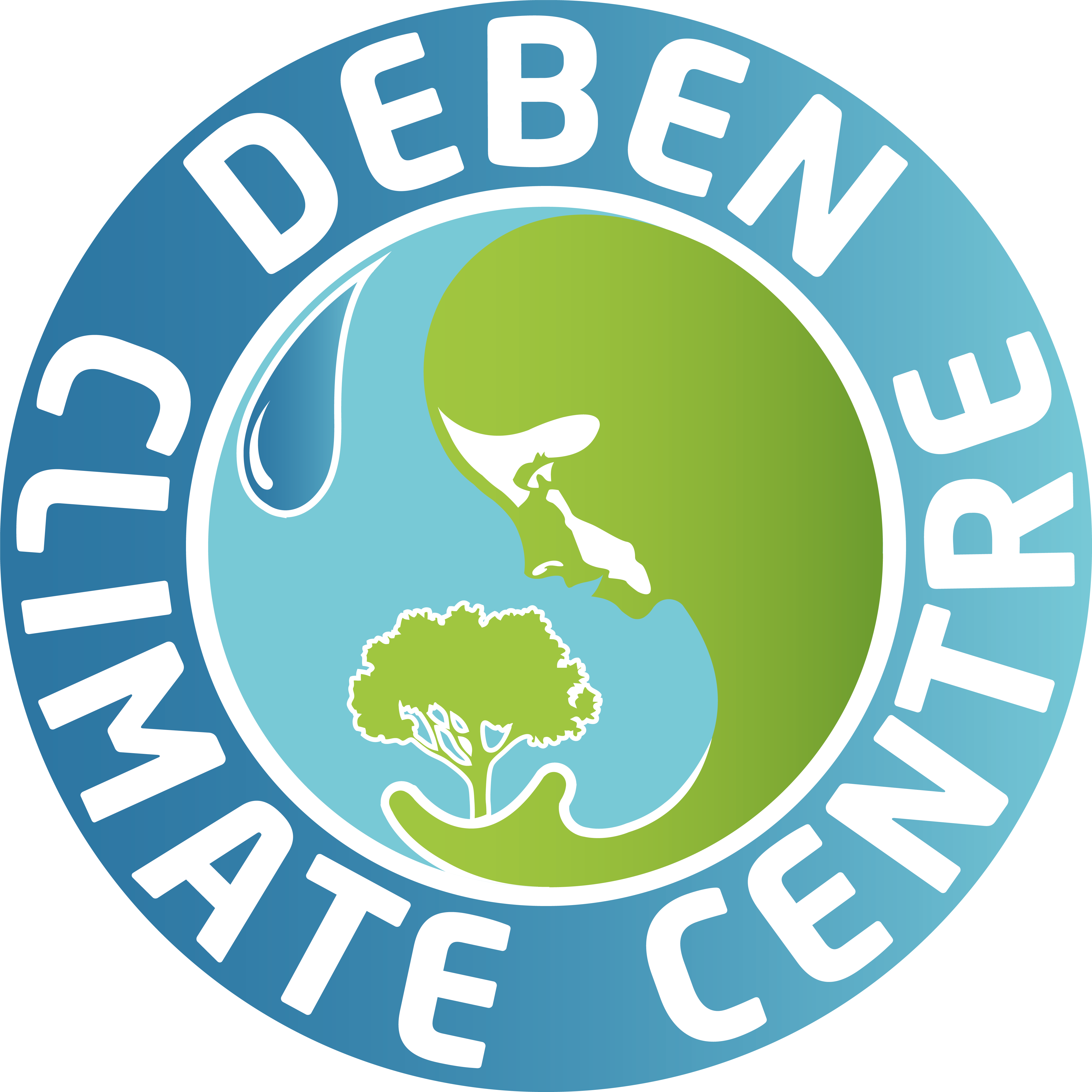4th August 2025 River Deben Environment Monitoring Results
- Deben Climate Centre

- Aug 11
- 3 min read
Updated: Nov 7
Our sampling and water quality testing teams have been busy again this month; visiting 60 sites on Monday 4th August. We were able to sample at 55 sites because 5 of these in Debenham were completely dry due to lack of rainfall and no flow.
1. E.coli
Apart from the Woodbridge/ Melton incident which is reported here, E.coli levels were much the same as in July 2025 with the expected high readings being at the Anglian Water STW outfalls and downstream of these. It is encouraging that the whole river section from just below Debenham all the way to Easton shows low levels of E.coli in spite of increased rainfall during July. Many ditches and feeder streams are still dry or have very low flow.
The major exception is again in the tidal area around Woodbridge and Melton where we recorded very high levels of E.coli close to two sluices which feed into the tidal section close to the Melton STW. The E.coli plates below show that there was significant pollution from Wilford Bridge all the way down to the Deben Yacht Club on the falling tide. There may well have been an associated small spike at Waldringfield as this sample had 6 colonies per 1ml (600 colonies per 100ml); this is close to the maximum “safe bathing” limit for this designated bathing status beach.

The incident was reported to Anglian Water and the Environment Agency and is still being investigated. Anglain Water have told us that their records suggest that the Melton STW is "operating normally”. However, when we sampled again on Wednesday 6th the water still had high turbidity and a strong odour. Although much of the pollution had dissipated, E.coli levels at 11 colonies per 1ml were still above “safe” level of 9 colonies per 1ml.
Below are the two maps which show the E.coli numbers across the catchment. Note that data for the River Lark in Grundisburgh and Bealings now include the Grundisburgh STW; the E.coli levels here are all higher than recent months. The results for River Fynn are similar with the small STWs at Henley, Tuddenham and Bealings having a biggest impact.


2. Phosphates
August results are broadly similar to those in June and July; the impact of the Anglian Water STW's which do not have any phosphate removal investment is marked. These are on the Lark/ Fynn, at Martlesham Creek, at Easton and at Rendlesham.
The Wickham Market STW which has a 1.0 mg/ litre permit limit appears to have breached this with a 1.21 mg/ litre reading. This is higher than recent results which were close to but not over the permit limit. Both the Environment Agency and Anglian Water were alerted; Anglian Water have acknowledged that they are having challenges balancing the use of the iron-based compound in phosphate removal as too much can have an adverse effect on microbiological treatment leading to excess ammonia production.


3. Nitrates
Levels of nitrate pollution appear to be lower this month across large areas of the Deben catchment. This is good news given the increased rainfall in July and the fact that many crops are being harvested where greater run-off might have been expected. The two charts attached show many sites being well within acceptable limits.


Our next full sampling safari is on Monday 1st September, although we will be doing limited sampling in the meantime on important swimming spots.





Comments